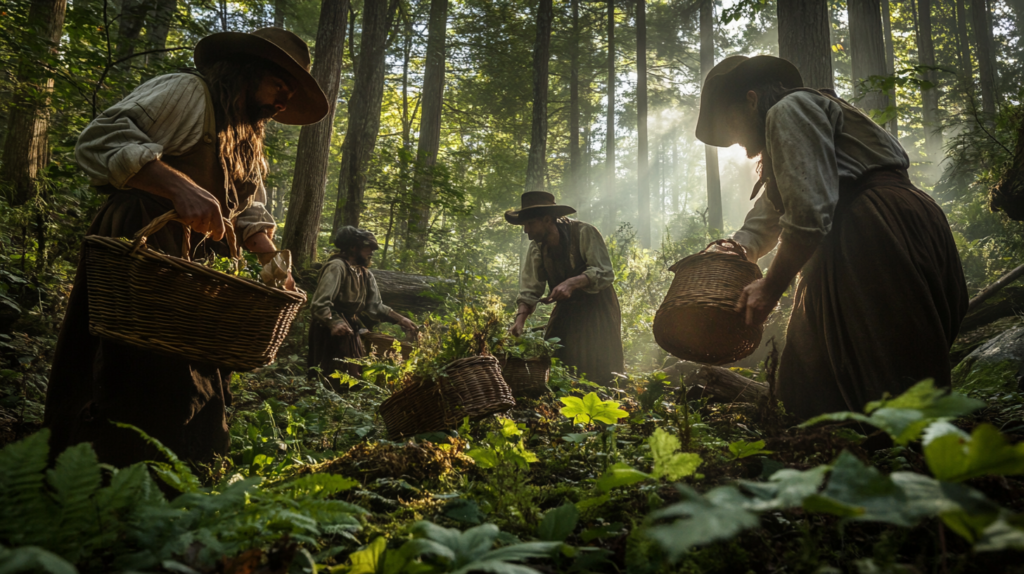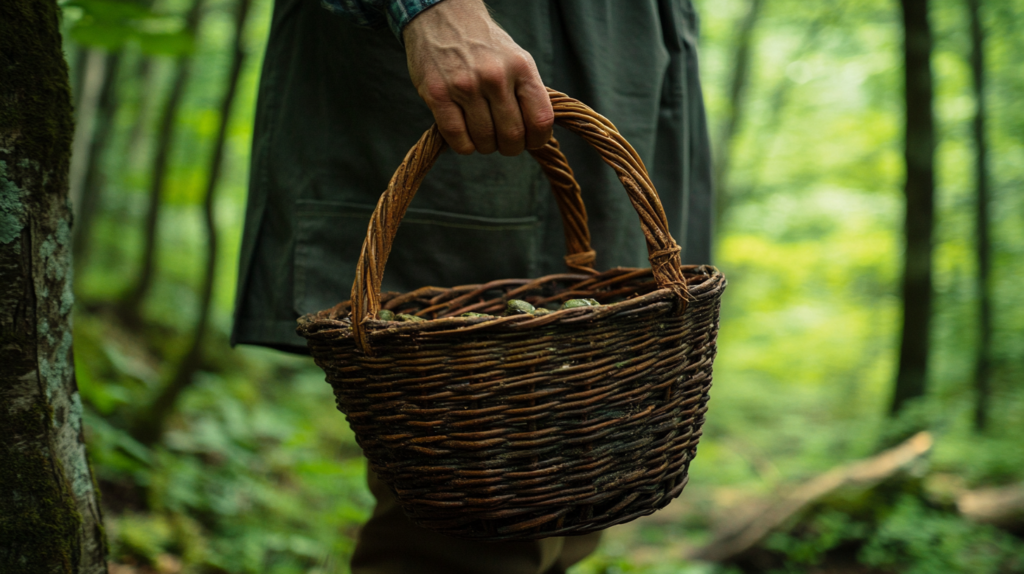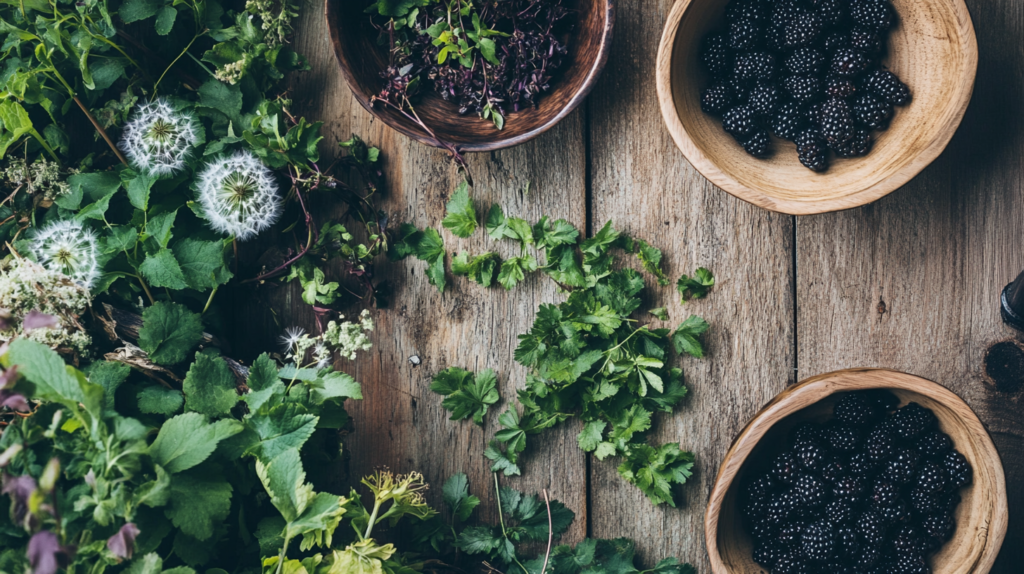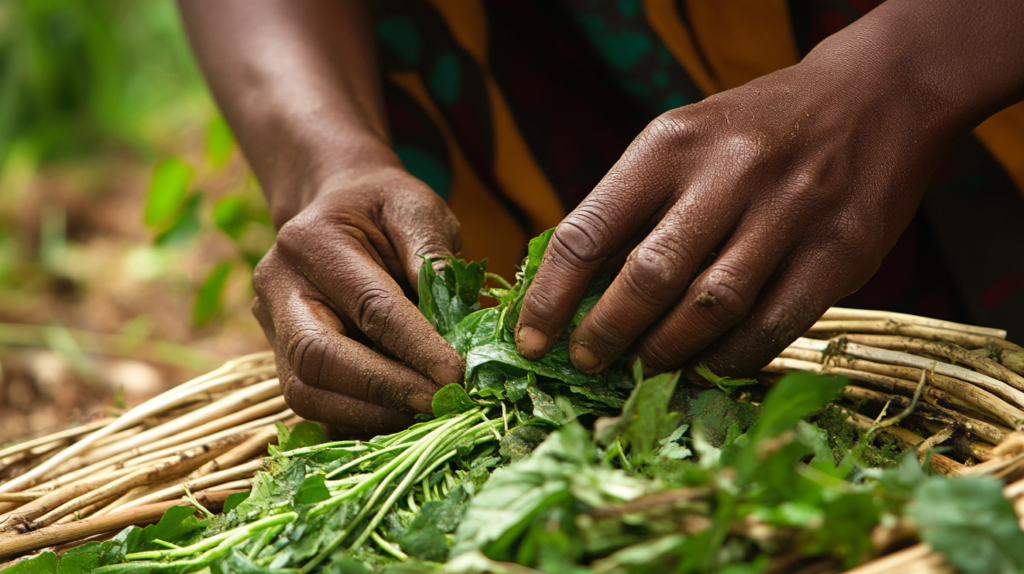
When there was still no vision of a grocery store let alone a grocery store in the distant future, people had no other choice but to turn to the natural environment in order to survive. Thus, the concept of foraging was not only a skill but a way of life for America’s early pioneers. They had to get their food from the land and use it for medicine and even shelter and creating a lifestyle that is difficult to comprehend in today’s society.
Then what if it was not just a myth but the real truth? What could we learn from the art of foraging that is essential in the modern world? Let’s go back to the past and see the past that is concealed in the stories of forgotten people and wild plants.
How Foraging Fed the Frontier

When the pioneers headed towards the west, they had no choice but to take the hard way of the land. They had to learn how to survive by getting food from stores or packing meals. Nutrition: they used berries, roots, nuts, and herbs, not only because they were tasty but because that was all they could get.
Foraging was not only the act of searching for food, it was the only way to get food. It was a way of meeting the needs of hunger, thirst, or the need for food in times of drought, poor crop harvests, or hard winters. For instance, a journal entry of one of the pioneers depicts how a certain type of wild dandelion helped him and his family survive a very long and tough winter. “We boiled the roots, roasted the greens, and survived another day,” he wrote. These aren’t just stories—they’re proofs of the people’s strength.
Learning from the Land: Native American Wisdom

The pioneers were by no means the first inhabitants of this rather untamed new land. Much of their foraging knowledge was obtained from the Native Americans, who have spent hundreds of years of their history learning how to live on this continent. The people who lived in the forest showed the pioneers how to use cattails, which could be eaten raw or cooked and could be ground into flour. They taught them about acorns that, after toasting and ground, could be used as flour.
It has been said that many of the pioneers would not have made it through their first winter without these lessons. However, these exchanges were not always friendly or balanced. Thus, it is necessary to appreciate the knowledge that was shared, but it is also important to appreciate the societies that shared it – sometimes at the expense of their own lives.
Survival and Innovation: a collection of stories

Try to imagine yourself walking in the snowstorm, searching for something to eat. That is what many pioneers had to go through. But instead of giving up, they had to find a way of getting something to eat from what was around. It has to be pointed out that women and children played an active part in the collecting of edible plants in the forests while men hunted or cultivated food.
There is a story that speaks of a young girl who was able to find a patch of wild garlic with the help of her grandmother. Not only did the family use it to spice up their rather bland diet but it also helped prevent them from getting scurvy. This is the kind of story that makes one realize how every leaf, root, and berry was valuable in the frontier society.
But it was not only the need that united people and made them forage for berries. Try to image children rushing to pick huckleberries or mothers sharing the recipes of nettle soup. These moments were not always joyful but they became a part of people’s lives and were valued.
Why Foraging Faded Away ‐ A Brief History of Foraging in America

So what happened? Why did we give up on this important skill? The answer is straightforward; the advancement of industrialization and agriculture as a form of food production. The stores in the cities expanded and people could buy food in groceries instead of having to seek it in the woods.
But this convenience came at a price. The knowledge that had been passed from one generation to another was slowly being lost. How many people today can identify several edible plants that grow in the wilderness? It is quite impressive.
Also, let’s not forget about the side effects. Clearing of lands for urban development also led to the destruction of many natural habitats while improper harvesting by enthusiasts endangered the fragile ecosystems. The art of foraging was not only forgotten but it was also considered to be a crime.
Rediscovering the Art of Foraging

Here’s the good news: therefore, it is not the most shameful trend of the XXI century, and the art of foraging is not lost. It has become increasingly popular for people to go foraging as a way of getting back to nature, using less money than one would at the grocery store, and as a way of getting more natural foods.
If you are interested in trying out the wild foods then the first step is to begin with the easier species to identify such as dandelions or black berries. Do not worry they will not ask you to go into the woods and bring out a five-course meal. Foraging is a process and not an event, it is non-coastly ship.
And here’s a tip: When you are foraging make sure that you only pick what is required, do not remove all that is there and ensure that you do not pick from regions that have been set off as reserves. Look at it in this way: using food which is supplied by nature – would one take the whole loaf of bread if he needed a slice?
A Feast for a Modern Man

It is not just for survival that people go foraging for berries and other plants, it is for the taste. Chefs from all over the globe include wild herbs, ramps, morels, and elderflowers, among others, in their preparations. These plants that were once used by the commoners are now given importance in restaurants proving that sometimes the best is not as sweet as the sour.
But it is not only about restaurant dishes. Foraging can also be very much a very private enterprise. Some people get comfort in walking in the woods while searching for foods in the basket; they search for the most precious jewels in the world. It is a way to unwind, to detach from the digital world and reengage with the planet.
From the past generations of Americans to the present generation there is one lesson that is quite evident: their attitude towards the land was not just a mere necessity for life – it was respect. They knew that the same nature can be kind to you and can be harsh to you and they dealt with it accordingly.
In today’s world, where there is climate change, food deficits, and the disconnection between people and the environment, it is quite evident that these are lessons that should be learned. Foraging is not only a skill that enables one to identify plants that are edible and those that are not; it is an attitude. It is about perceiving value where others see none, finding happiness in the most unlikely of places, and remembering that we are a part of this great universe.
So, the next time you happen to spot a patch of dandelions growing or a blackberry bush, then take a moment to stop and ponder. Picture a pioneer using the same plants for food as he walked across the same land that we are standing on. And who knows, you might just get the urge to go and collect some.
Final Thoughts

This is not just a neglected skill, but a glimpse into the period when people had to live with the land, not against it. Thus, while relearning this long-forgotten skill, we are not only rewarding ourselves for our ancestors’ efforts but are also setting the course for the brighter future.
Now, the good news is that people can still learn how to forage as the art is not lost. Thus, more and more people are turning to foraging as an alternative way of getting back to nature, consuming eco-friendly food, and even as a way to cut down on food expenses.
If you are interested in giving it a try, then the first thing you want to do is to start small. Some of the plants that are easy to recognize include dandelions or blackberries. Do not worry–as a first timer you do not have to go into the woods and come out with a five-course meal. Foraging is an activity that is not meant to be done in a hurry but is a process.
And here’s a tip: Whenever one is foraging for plants or any other products for that matter ensure that one only picks what they require, do not pick all of them, and avoid collecting the plants from reserved forests or any other restricted areas. See it this way: when you are taking food from nature, would you like to take the entire loaf of bread when all you need is a slice?










